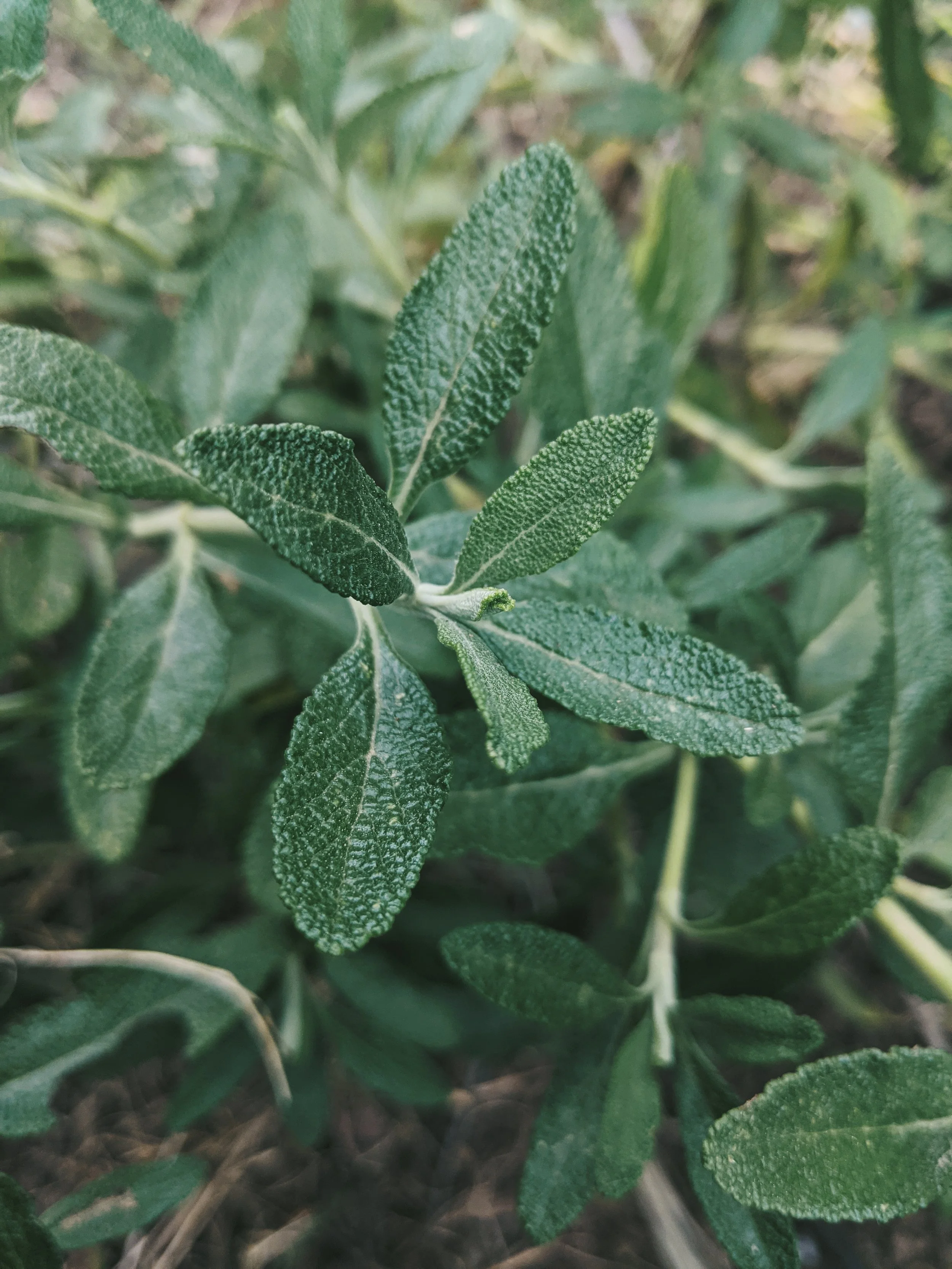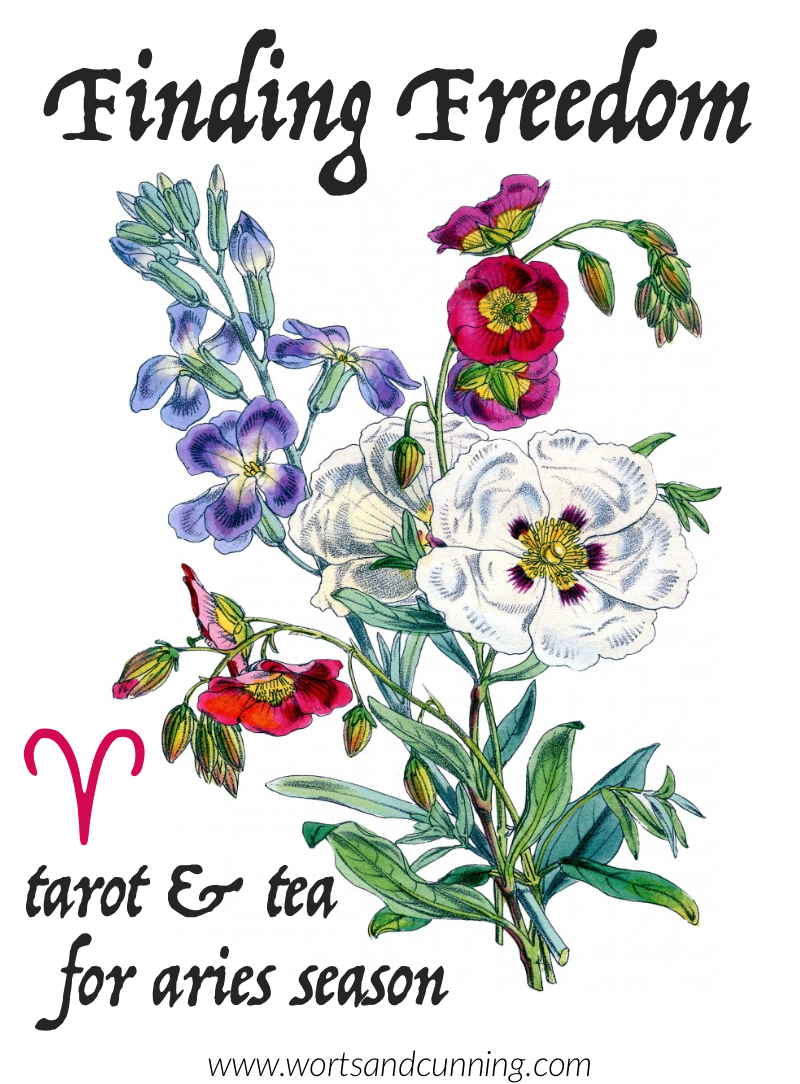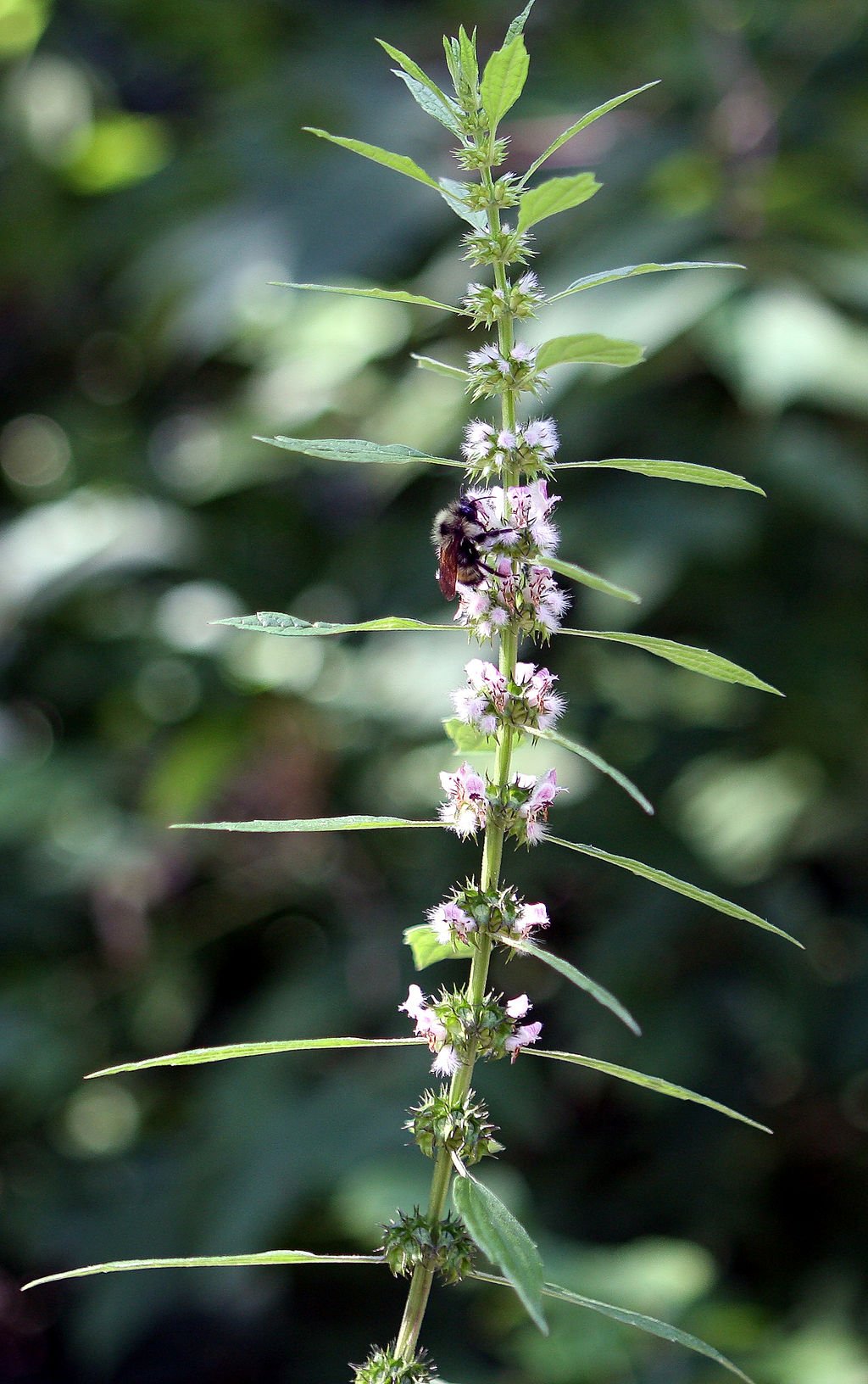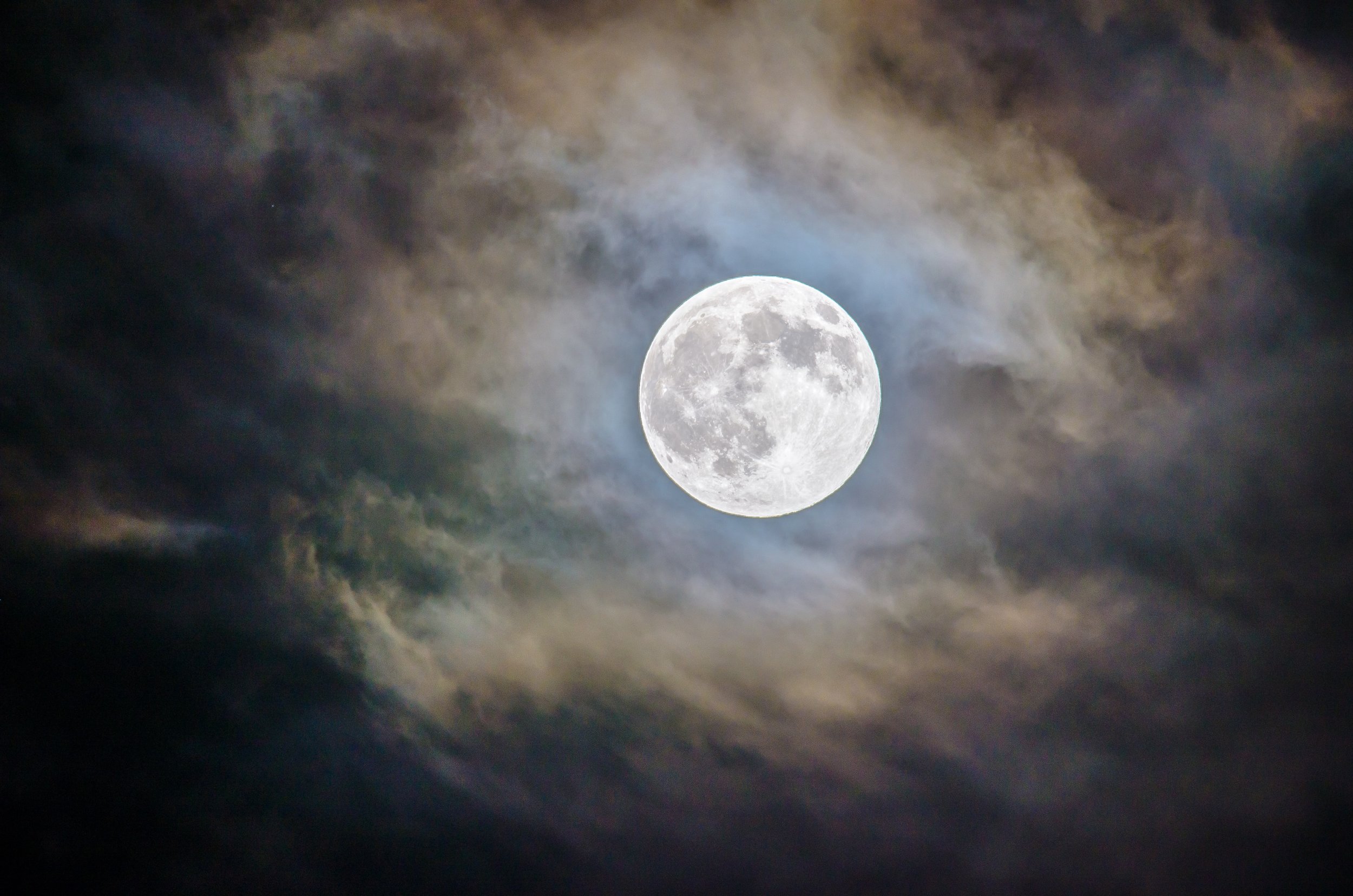Embodying Presence: Tarot and Tea for Taurus Season
Welcome to Taurus Season!
Join me as I explore tarot practices and herbal allies for the twelve seasons of the zodiac (you can learn more about the series over here). In this post we’re meeting with the Bull and learning about tarot for Taurus season and Taurus herbs to help us connect with the energy of the season (i.e. the middle of Spring in the northern hemisphere or the middle of Autumn in the southern hemisphere).
We've moved through the intensity of Aries Season, which can sometimes feel like everything needs to be done right now, into the slower pace of Taurus the Bull. In astrology, Taurus is referred to as a "fixed" sign which means that it's really good at creating roots and grounding energy. If the signs were writing books about the seasons they inhabit, Aries would give you a few quick bullet points on a post-it note (that may or may not have a corner torn off) while Taurus would present you a whole book on the subject (and the book may or may not be handmade).
With Taurus there is no big rush to get somewhere as the energy of the Bull helps us to feel what it is to arrive and be present to a place and space (including our internal environment as well as our external one) for a greater length of time than we might be used to. Taurus season can be a helpful time to explore concepts of embodiment, to seek out experience first instead of jumping into analysis mode, and to imagine ourselves as moving gardens.
Taurus is a sign of slowness and embodiment, of being of the Land. As an earth sign, Taurus helps us to connect with seasonal changes as a source of wisdom, including the seasonal and tidal changes of our bodies. Taurus season encourages honesty born of observation (i.e. knowing what sort of conditions are needed to grow a particular plant and not pretending or teaching otherwise).
Taurus asks us, "How would you grow if you didn't feel rushed?"
An important aspect of Taurus season (and where Taurus lives in your birth chart) is recognizing that everything takes time and nothing is grown in a vacuum. In other words, we can make choices of how we embody time (whether or not we're experiencing it at any given moment as too fast or too slow) but it takes a lot of soil and bugs and sun and water and hope to grow a thing, much of which we have no control over. The following Taurus Season tarot spread encourages us to pause and observe so that we can tap into the wisdom of what we need, the resources we have, and how we can better support our slowness.
Embodying Presence
Taurus Season Tarot Spread
Card 1 & 2. That Which Centers & Nourishes You
These cards help you connect to the steadiness that Taurus Season can bring, highlighting the practices, people, places, and experiences which center and nourish you. These are things which you might seek to bring more into your life during Taurus season so that you are better able to connect with the energetic flow of the next month.
Card 3. That Which Needs Slowing Down
The gift of Taurus is learning how to slow down and take account. This card highlights what area of your life would benefit best from taking a moment to pause, rest, and consider what it is you really need. It's an invitation to switch from autopilot mode to intentional presence.
Card 4. That Which Helps You Grow
This card helps you to connect with the question posed earlier - "How would you grow if you didn't feel rushed?" In other words, this card helps to highlight allies in helping you grow in ways that support your becoming, that help you flourish in the garden of our interconnectedness.
Card 5. A Message for Taurus Season
A general message, signs to pay attention to, and perhaps next steps to take as we move into Taurus season.
Bonus Card: That Which Guards the Neck
If you feel connected with the philosophy of astroherbology you can pull an additional card to help you understand the current energies of your neck, throat, and voice, including physical experiences and energetic ones, and what tension or wisdom you might be keeping there. I encourage you to take a somatic approach with this card - when you pull the card, first observe before rushing to analysis, following the feelings and sensations that it evokes from your body to understand its meaning.
A Tea for Taurus Season
How do we nourish the sign of Taurus? As one of the slowest-moving signs of the zodiac, Taurus asks us to slow down and take account of what we need. Taurus also traditionally guards the neck, throat, and vocal cords (click here for a full list of traditional correspondences for Taurus), so our tea blend combines herbs that help us feel grounded, expressive, and deeply nourished. Sage (Salvia officinalis) is a classic Taurus herb - earthy and associated with longevity, Sage helps to support throat health, enhance cognition, and connect with the wisdom of the world around and within us. Rose (Rosa spp.) is an herb of Venus, Taurus' guardian planet, and an important plant ally for finding wisdom distilled through experience. Finally, Rosemary (Salvia rosmarinus) adds just enough warmth and energy to help us still feel momentum to show up in our life in the ways that we are called to.
Sidenote: You'll find that there is overlap between the herbs used for the Taurus Tea and the herbs used for the Aries Tea. This is for a few reasons, first of which is that Aries and Taurus (and Gemini) all share the same season so it makes sense that there would be similar herbs associated with each sign. Second, I'm trying to keep the variety of herbs I recommend throughout this series to a minimum so folks don't feel overwhelmed with the need to go out and get fifty different herbs. I hope it brings a feeling of calm to your practices and encourages a depth of relationship with our plant allies.
To make your tea, combine the following herbs:
4 parts Rosemary (Salvia rosmarinus)
1 part Sage (Salvia officinalis)
½ part Rose (Rosa spp.)
These proportions are only suggested guidelines, so feel free to play around with them to your liking. As you make your tea, slow down, breathe deep, and infuse the blend with your intentions for the season (or whenever you’re drinking this tea to connect with the energy of Taurus). If you’re looking for more breathwork practices to help you connect with the energy of the season, come this way.
Seasonal Reflections
What does the land feel like, look like, smell like this season?
What is coming to the surface from within me?
What is receding within me?
What am I feeling grateful for?
What am I grieving for or feeling challenged by?
What am I feeling inspired and where is it calling me to this season?
What am I calling to me?
What am I called to give?
᠅
May Taurus season be steady and full of blessings for you and your community. If you’re looking for more spring inspired healing ways and magickal practices, come this way.
Beltane is part of the season of Taurus and here is where you can find an in-depth tarot spread for the sabbat (for my southern hemisphere friends, you can find a tarot spread for Samhain over here). Enjoy!
This post was made possible through patron support.
❤︎ Thanks, friends. ❤︎
Notes
*Sometimes I think that Taurus is in fact a very fast moving sign but appears slow to us in the same way that light traveling from a dying star may appear to be relatively static to us but is, in fact, traveling at nearly the speed of light.






























